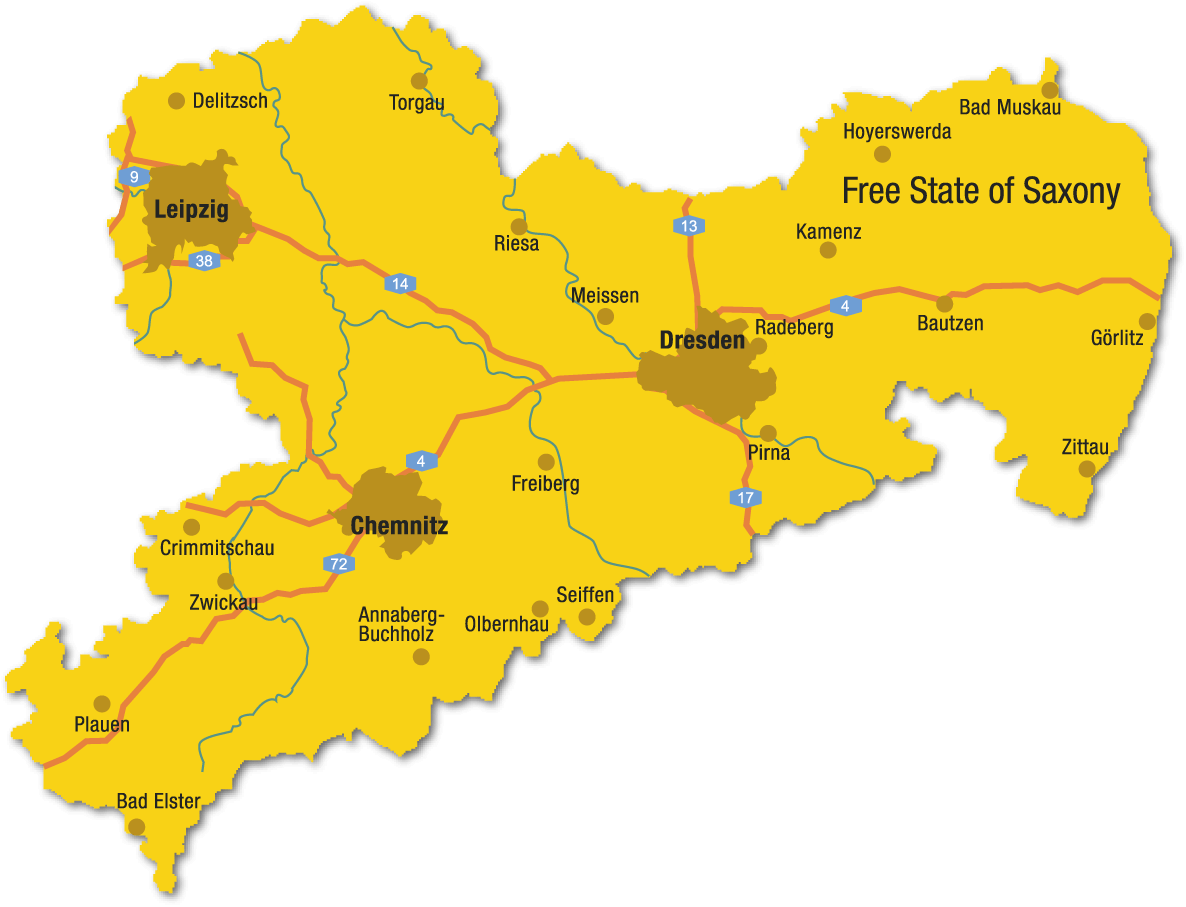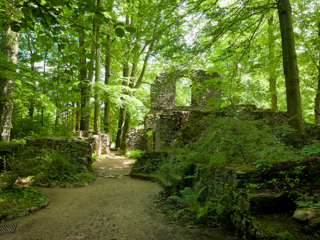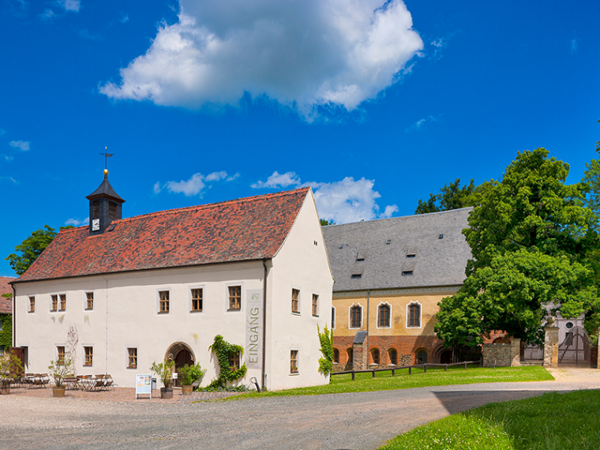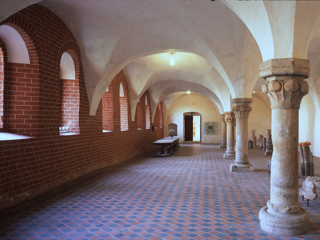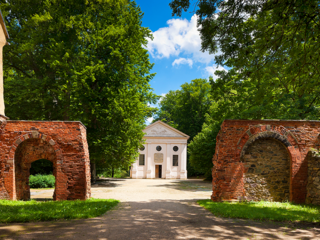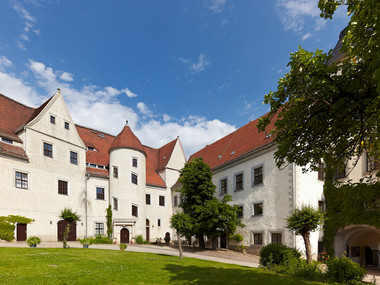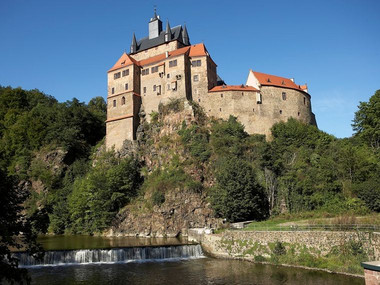A new monastery arises
In the year 1162, the Meissen Margrave Otto the Rich was granted permission by Emperor Frederick I Barbarossa to to found a monastery. The newly founded monastery named Marienzell was initially to be used as a burial site for his family. Monastic life eventually began in 1175, when twelve monks and an abbot from the parent monastery moved in.
The first time of prosperity
The major part of the buildings was completed in the 13th century. Under Abbot Ludeger, the monastery saw its first heyday. In that time, the library is said to have been well equipped and it is assumed that the »Sachsenspiegel«, the oldest law code written in German, was drawn up there. Marienzell gradually expanded, and about 250 monks lived there in times of prosperity. By founding the subsidiary monastery Neuzelle around 1268, the name »Altzelle« became commonly adopted.
The beginning decline of the Cistercian economy in the 15th century
Surrounded by a ring wall the monastery »Cella Sanctae Mariae« comprised 43,24 acres. This is where, apart from the Wettins, other rich families had themselves buried. The St Andrew Chapel, also known as the Princes’ Chapel, emerged, and the monastery procured Nossen Castle in 1436 as the abbot’s seat. The Cistercian economy began to decline in the second half of the 15th century, which is why the Converses’ House and the Library were rededicated. The redevelopment of the upper floor with late-Gothic features started.
A last period of prosperity
In the early 16th century, the monastery saw its last period of prosperity under Abbot Martin von Lochau. Reconstruction works on the Converses’ House and the library hall were completed in that time. Its inventory comprised more than 1,000 volumes on theology, medicine and law.
Reformation and decline
In line with the Reformation, Duke Henry the Pious dissolved one of the most important monasteries in central Saxony in 1540. Elector Augustus I had the buildings systematically demolished from the 1550s onwards to use them as building material for the benefit of the Renaissance castle and the town church in Nossen. The major part of the library stock went to the Leipzig University. The utility area to the west became used as manor farm.
Reconstruction as a monastery park
Only by the end of the 17th century, the Wettins came to recollect their ancestors buried there and had a burial chapel built, which, however, remained unfinished and was completed only in 1794 as a Classicist mausoleum. Court gardener Johann Gottfried Huebler redesigned the grounds of the former monastery into a Romanticist landscape park, had remains of ruins removed or integrated them into the park.
20th century
A gardener tended the grounds in the 20th century and offered guided tours before it was opened to the public. Fixed entrance fees have been charged since 1905. After World War II, the decision was made to redesign the landscape park following the layout it had in 1800. Excavations on the monastery grounds were carried out and the outlines of the collegiate church were reestablished. In 1993, the Altzella Monastery Park became property of the Free State of Saxony, which restored the remaining buildings to the best extent and installed exhibition rooms.
Contact
Altzella Monastery Park
Zellaer Straße 10 | 01683 Nossen
Property of State Palaces, Castles and Gardens of Saxony, non profit
+49 (0) 35242 504-50
altzella@schloesserland-sachsen.de
Opening hours
Subject to modifications.
Ticket rates
- Full rate 4,00 EUR
- Reduced rate 3,00 EUR
Subject to modifications.
